 您的购物车当前为空
您的购物车当前为空
ATOX1 Protein, Human, Recombinant (His)
一键复制产品信息ATOX1 is a cytoplasmic copper chaperone that interacts with the copper-binding domain of the membrane copper transporters ATP7A and ATP7B. ATOX1 has also been suggested to have a potential anti-oxidant activity. As the trace element copper is essential, but extremely toxic in high concentrations, intracellular copper concentrations are tightly controlled. Once in the cell, copper is distributed by metallochaperones, including the small cytoplasmic protein ATOX1. ATOX1 plays an important role in the transfer of copper to the copper export P-type ATPases ATP7A and ATP7B to facilitate copper excretion. There is a novel function for Atox1 as a transcription factor (TF) regulating Ccnd1 was proposed. Antioxidant 1 (ATOX1) functions as an antioxidant against hydrogen peroxide and superoxide, and therefore may play a significant role in many human diseases, including diabetes mellitus (DM). The transduced Tat-ATOX1 protein protects pancreatic beta-cells by inhibiting STZ-induced cellular toxicity in vitro and in vivo. Thus Tat-ATOX1 protein has potential applications as a therapeutic agent for oxidative stress-induced diseases including DM.

ATOX1 Protein, Human, Recombinant (His)
一键复制产品信息| 规格 | 价格 | 库存 | 数量 |
|---|---|---|---|
| 5 μg | ¥ 493 | 6-8日内发货 | |
| 10 μg | ¥ 790 | 6-8日内发货 | |
| 20 μg | ¥ 1,330 | 5日内发货 | |
| 50 μg | ¥ 2,580 | 5日内发货 | |
| 100 μg | ¥ 5,170 | 5日内发货 |
产品信息
| 生物活性 | Activity testing is in progress. It is theoretically active, but we cannot guarantee it. If you require protein activity, we recommend choosing the eukaryotic expression version first. |
| 产品描述 | ATOX1 is a cytoplasmic copper chaperone that interacts with the copper-binding domain of the membrane copper transporters ATP7A and ATP7B. ATOX1 has also been suggested to have a potential anti-oxidant activity. As the trace element copper is essential, but extremely toxic in high concentrations, intracellular copper concentrations are tightly controlled. Once in the cell, copper is distributed by metallochaperones, including the small cytoplasmic protein ATOX1. ATOX1 plays an important role in the transfer of copper to the copper export P-type ATPases ATP7A and ATP7B to facilitate copper excretion. There is a novel function for Atox1 as a transcription factor (TF) regulating Ccnd1 was proposed. Antioxidant 1 (ATOX1) functions as an antioxidant against hydrogen peroxide and superoxide, and therefore may play a significant role in many human diseases, including diabetes mellitus (DM). The transduced Tat-ATOX1 protein protects pancreatic beta-cells by inhibiting STZ-induced cellular toxicity in vitro and in vivo. Thus Tat-ATOX1 protein has potential applications as a therapeutic agent for oxidative stress-induced diseases including DM. |
| 种属 | Human |
| 表达系统 | E. coli |
| 标签 | N-His |
| 蛋白编号 | O00244 |
| 别名 | HAH1,ATX1,antioxidant 1 copper chaperone |
| 蛋白构建 | A DNA sequence encoding the human ATOX1 (NP_004036.1) (Met1-Glu68) was expressed with a polyhistidine tag at the N-terminus. Predicted N terminal: His |
| 蛋白纯度 | > 90 % as determined by SDS-PAGE |
| 分子量 | 9.6 kDa (predicted); 9 kDa (reducing conditions) |
| 内毒素 | Please contact us for more information. |
| 蛋白性状 | Lyophilized powder |
| 缓冲液 | Lyophilized from a solution filtered through a 0.22 μm filter, containing PBS, pH 7.4. Typically, a mixture containing 5% to 8% trehalose, mannitol, and 0.01% Tween 80 is incorporated as a protective agent before lyophilization. |
| 复溶方法 | A Certificate of Analysis (CoA) containing reconstitution instructions is included with the products. Please refer to the CoA for detailed information. |
| 存储 | It is recommended to store recombinant proteins at -20°C to -80°C for future use. Lyophilized powders can be stably stored for over 12 months, while liquid products can be stored for 6-12 months at -80°C. For reconstituted protein solutions, the solution can be stored at -20°C to -80°C for at least 3 months. Please avoid multiple freeze-thaw cycles and store products in aliquots. |
| 运输方式 | In general, Lyophilized powders are shipping with blue ice. |
| 研究背景 | ATOX1 is a cytoplasmic copper chaperone that interacts with the copper-binding domain of the membrane copper transporters ATP7A and ATP7B. ATOX1 has also been suggested to have a potential anti-oxidant activity. As the trace element copper is essential, but extremely toxic in high concentrations, intracellular copper concentrations are tightly controlled. Once in the cell, copper is distributed by metallochaperones, including the small cytoplasmic protein ATOX1. ATOX1 plays an important role in the transfer of copper to the copper export P-type ATPases ATP7A and ATP7B to facilitate copper excretion. There is a novel function for Atox1 as a transcription factor (TF) regulating Ccnd1 was proposed. Antioxidant 1 (ATOX1) functions as an antioxidant against hydrogen peroxide and superoxide, and therefore may play a significant role in many human diseases, including diabetes mellitus (DM). The transduced Tat-ATOX1 protein protects pancreatic beta-cells by inhibiting STZ-induced cellular toxicity in vitro and in vivo. Thus Tat-ATOX1 protein has potential applications as a therapeutic agent for oxidative stress-induced diseases including DM. |










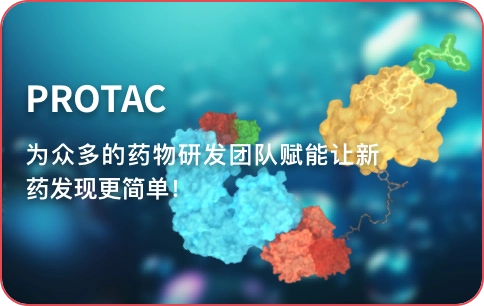
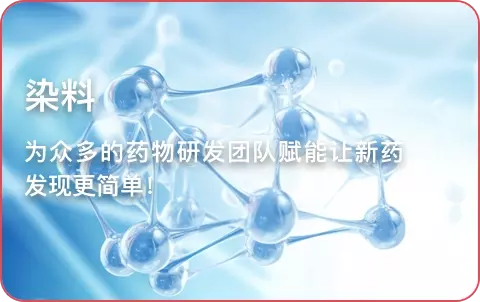



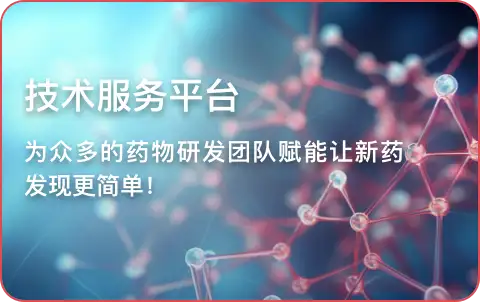
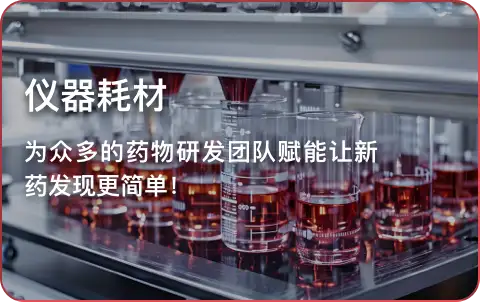
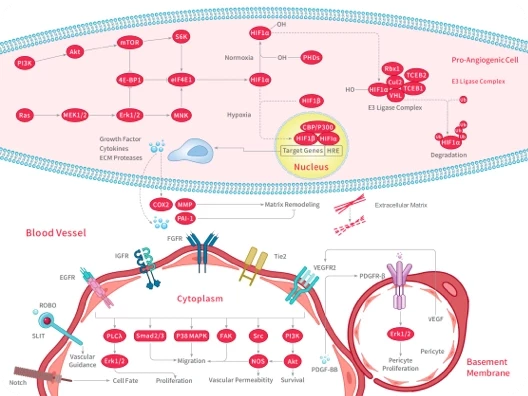
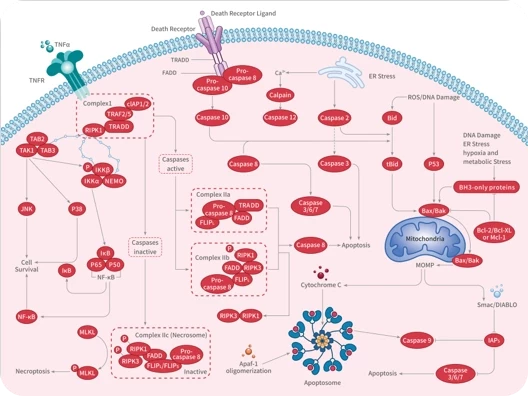
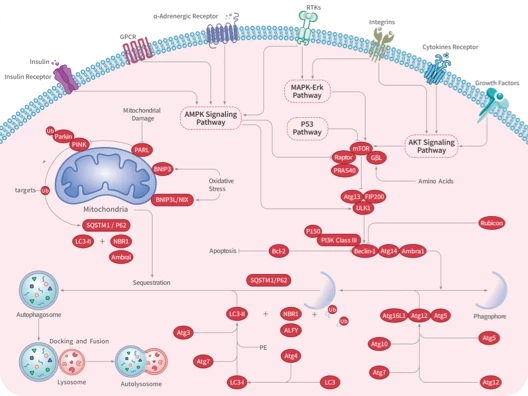

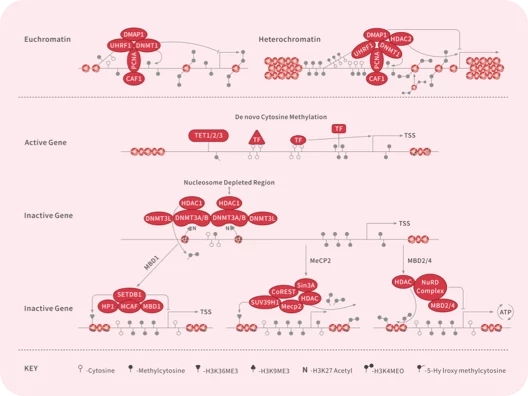
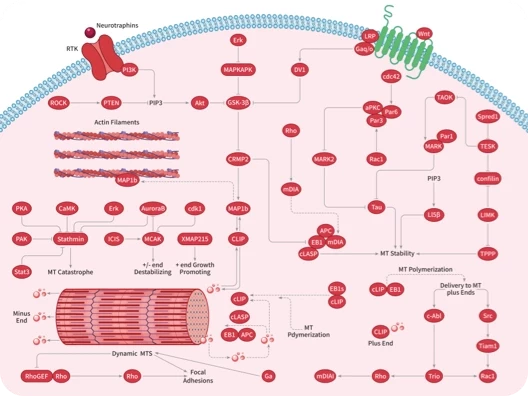
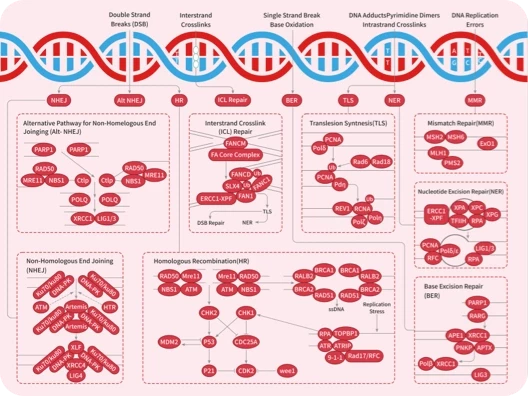
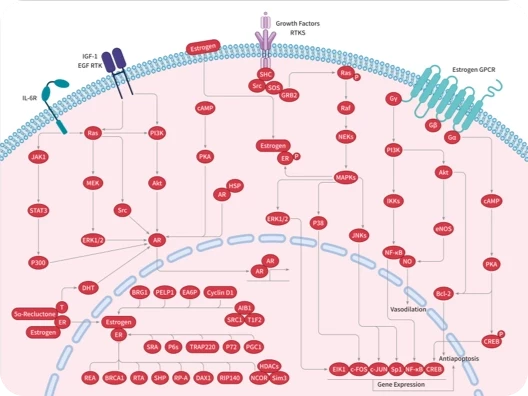
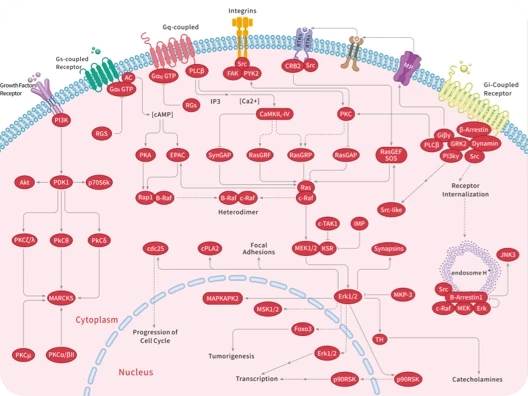
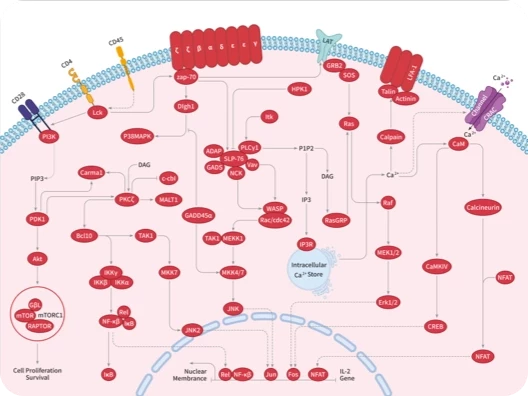
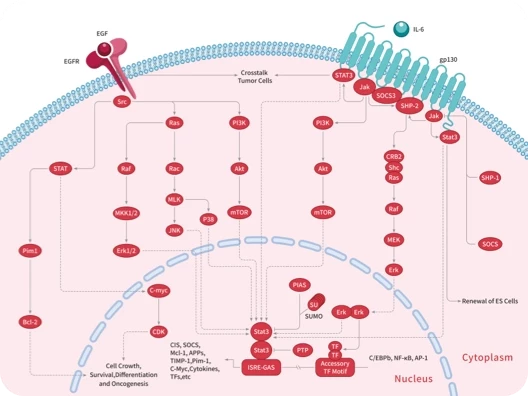
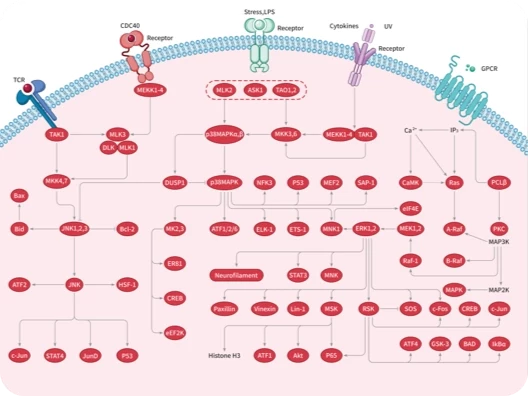
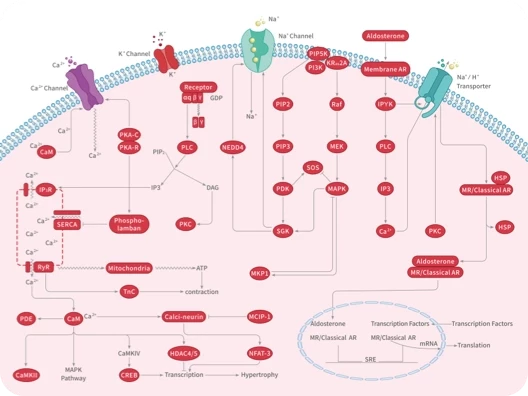
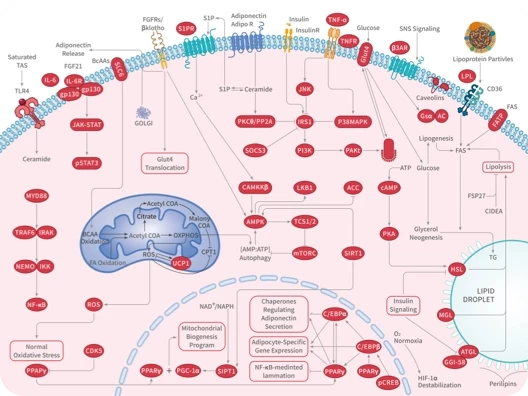
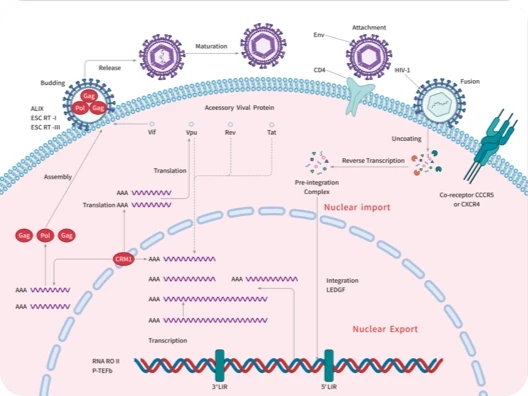

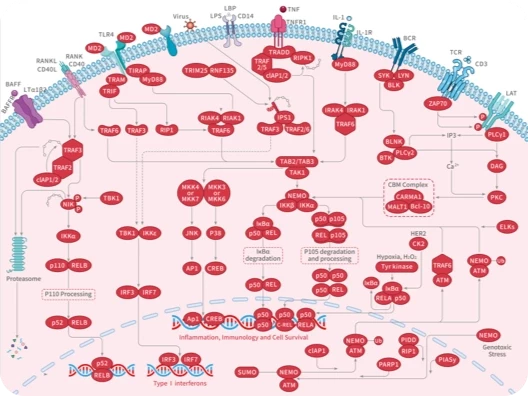
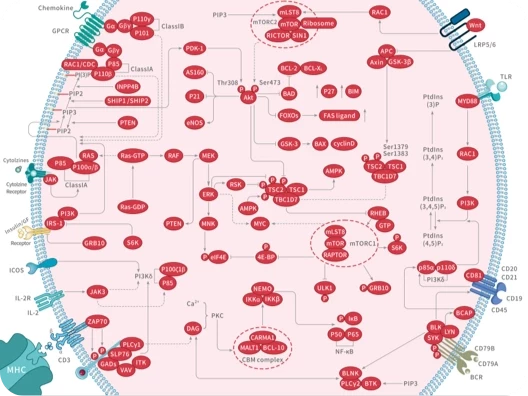
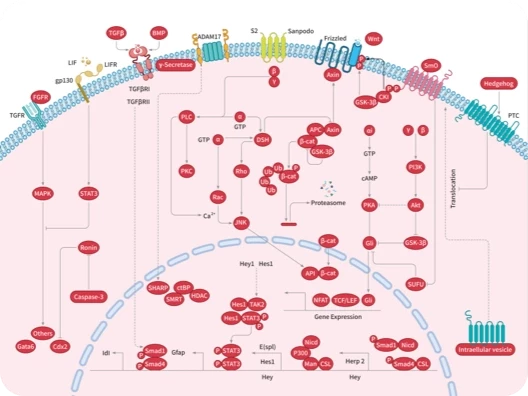
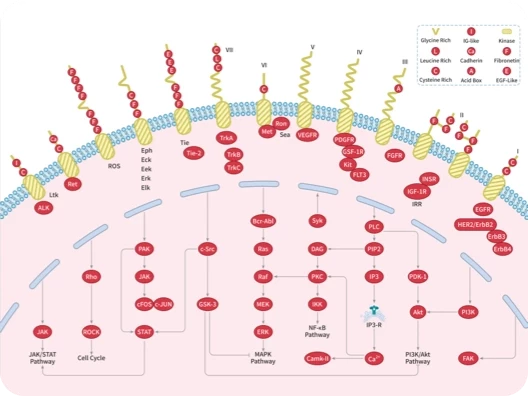
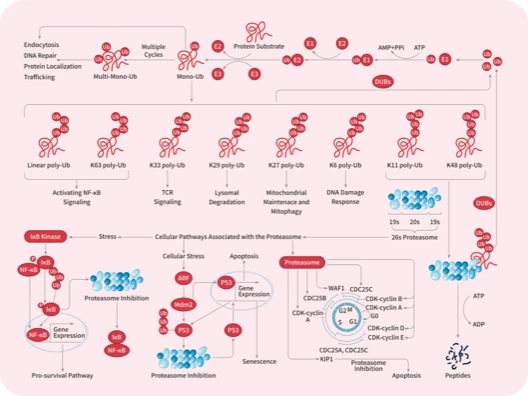


 |
|